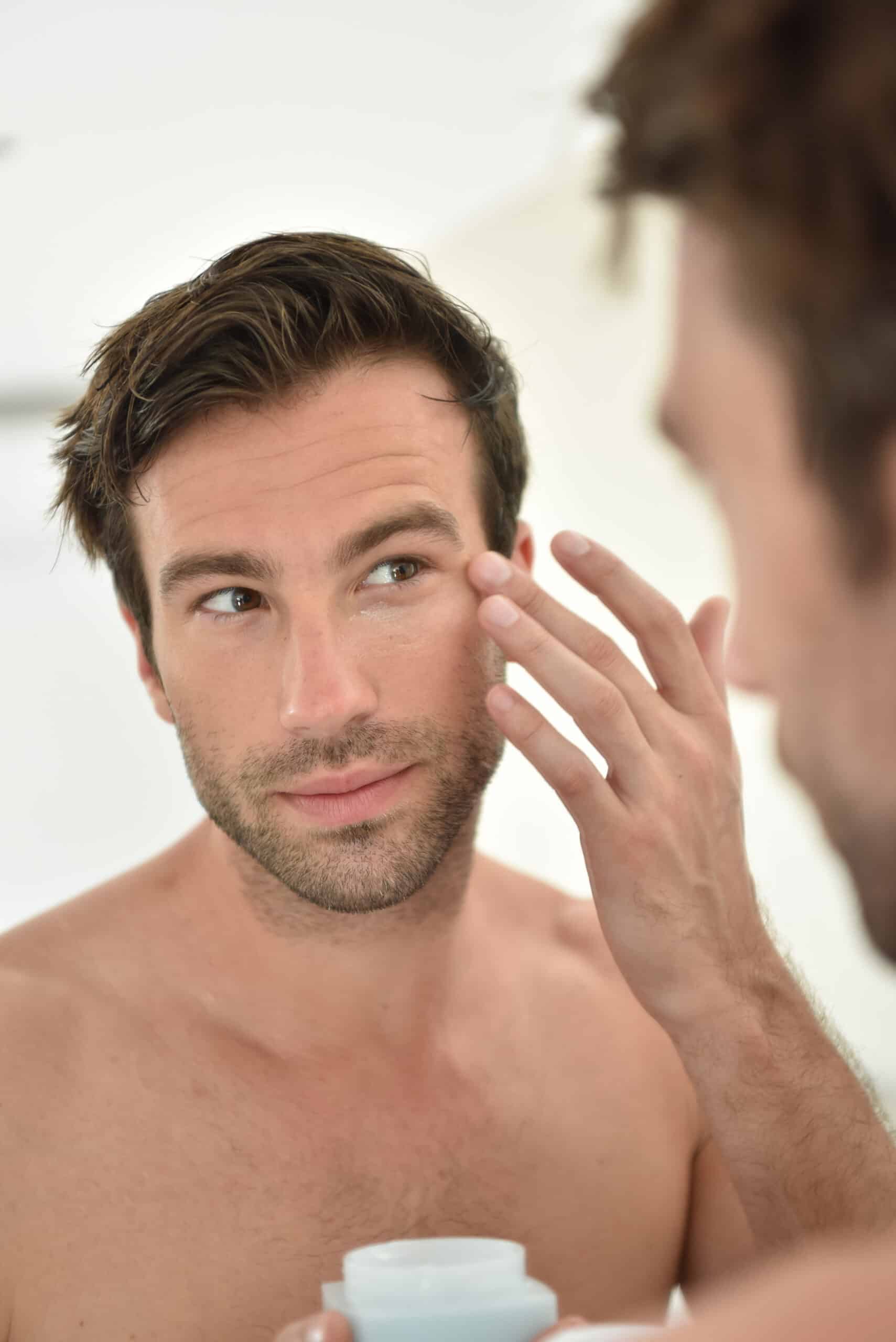What our skin “faces” everyday:
- Bacteria, viruses and fungus – that want to consume us
- Oxygen and ozone – that oxidizes us
- Sun and UV radiation– burn and dehydrate us
- Pollution/Smoke – inflame and kills cells
It is because of these exposures that the skin has developed a vast array of defenses to protect us throughout our lifetime. It is this battle and the ultimate outcome that will determine the condition of our skin as we age.
Face Forward – Understanding the Unique Challenges of the Face
Because the skin on the face is rarely covered from these hostile environmental forces it is often the area which suffers the most as we age. Skin covering the hands and feet are the next most to suffer, followed by our arms and legs. In general the trunk is spared as we age and offers us an excellent control site to use to determine the degree of environmentally related aging that can occur throughout our lifetime.
Skin Structure and Defenses- Inside and Out
Skin is the largest organ in the body. As with any organ system it has complex and specialized cells within it that perform a unique set of functions. Our skin is made up of several layers of both living cells and cells that are no longer functional but structurally make up the outermost layers of the skin. These cells act as a physical barrier to both protect and keep in our body’s moisture. These structure calls act like a trip-wire to immediately send signals to the underlying layers that have active cells. It is these inner cells that produce the proteins need to defend an attack and quickly activate a repair response to injury.
What Accelerates Skin Aging on the Face?
As already reported, the exposure to the outside environment and gravity makes our face the frontline of skin accelerated aging. Facial skin is exposure to constant levels toxins (see list above), that over time chronically activates our defense or immune system to be always “on”. This is called chronic inflammatory response. Typically acute inflammation is self-limiting and is followed by the healing response, but if it turns chronic many genetic pathways become fixed to ultimately accelerate aging deformities, such as wrinkles, and can even lead to skin cancers.
How Skin Healing Works
As noted, the skin on our face is under attack and suffering the effects of chronic inflammation. Healing our skin must come in two ways: How we treat our skin, protect it and repair the surface, and secondly, supply resources from within our body to provide the skin the nutrition and the environment to heal.
How we should treat our skin:
Wash your face regularly—and gently use neutral pH cleanser
- Just removing the environmental toxins and dead skin cells can slow the inflammation process. Additionally, action of facial cleaning stimulates more blood to the face and brings with it additional nutrients.
Moisturize your skin
- In order to help protect the skin from the environment, using a glycerine-based moisturizer can add a protective layer, help reduce water loss. Moisturizers with sunscreen will also block out UV radiation.
Fight gravity with exercise
- Facial exercises can help tone the thin layer of muscle that covers the head and face. This toning process can prevent wrinkles and improves blood supply to the face.
Better skin the nutrition
Our skin has one of the greatest cell turnovers of any organ in our body. The nutritional requirement to feed the rapidly growing and dying skin cells requires not only good blood and oxygen supply but the nutrients needed to build new cells. Besides a good diet of healthy proteins, non-saturated fats and complex carbohydrates, your skin can need additional nutrients and antioxidants found in foods and dietary supplements. This is one reason why excessive dieting can lead to poor skin appearance. The body provides nutrients to the skin glands that excrete the antioxidant vitamin E used to help protect the skin from both ozone and UV caused damage. In a study investigating eczema (an inflammatory skin condition), researchers added 400 mg of orally supplemented Vitamin E per day to see if this impovered the condition. The researchers found that 23 of the 50 subjects treated with vitamin E showed great skin appearance improvements, and there was almost complete remission of the eczema in seven of the 50 subjects in the treatment group. Vitamins C and E help the skin by reducing the damage caused by free radicals, which is a harmful byproduct of oxidation from excessive sunlight, smoke, and pollution.
Other nutritional supplements reported to improve skin health:
- Vitamins, A, B-complex, and K
Selenium - Zinc
- Omega-3 fish oil
- Alpha-Lipoic Acid
Overall, your skin is a reflection of your health. Keeping your skin looking good also means keeping your body healthy.
“I am glad to share with you what I have learned throughout my personal quest to overcome adversity to become an accomplished neurosurgeon, scientist, Ironman athlete, consultant, author, and advocate on healthy living and nutrition.” ~ Dr. Joseph Maroon.




